Savory Beef Tenderloin Recipe: Juicy Steakhouse Magic
Beef tenderloin elevates weeknight dining from mundane to magnificent with its luxurious texture and unparalleled tenderness.
This culinary gem represents the crown jewel of meat selections, promising an unforgettable gastronomic journey.
Smooth muscle fibers melt like butter, delivering a sensory experience that whispers pure indulgence.
Professional and amateur chefs alike treasure this exquisite cut for its remarkable depth of flavor.
Each precisely selected slice carries the potential to transform an ordinary meal into a memorable feast.
Minimal seasoning and expert techniques unlock the meat’s natural brilliance, turning your kitchen into a gourmet sanctuary.
You’ll win hearts and impress taste buds with this showstopping centerpiece.
Quick Recipe Overview
What’s in Joy of Cooking Beef Tenderloin
For The Star Protein:For Seasoning and Flavor Enhancers:For Finishing and Garnishing:Essential Tools for Roasting Tenderloin
Cooking a Perfect Beef Tenderloin at Home
Unleash Culinary Magic with Perfectly Roasted Beef Tenderloin
Grab your beef tenderloin and lovingly wrap it with kitchen twine, creating snug 1-inch intervals. Season generously with salt and pepper, letting the flavors dance across the surface.
Nestle the seasoned treasure on a wire rack inside a baking sheet. Slide into the refrigerator uncovered for 1-2 nights, allowing the meat to develop an intensely rich flavor profile.
Warm your oven to a gentle 225°F. Let the tenderloin bathe in low heat for 2-3 hours, carefully monitoring with a thermometer until it reaches a beautiful 120-125°F internal temperature.
While the meat rests, transform butter in a skillet. Watch it sizzle and turn golden, then welcome fresh thyme and onions that will sing with aromatic intensity.
Crank the broiler to high, positioning the rack close to the heat. Lovingly brush the tenderloin with the golden butter mixture. Rotate carefully under the broiler, creating a stunning caramelized exterior that locks in all the juicy goodness.
Let the meat rest briefly, then slice into elegant pieces. Sprinkle with sea salt and fresh chives. Present alongside a zesty horseradish cream sauce that will make taste buds dance with joy.
Flavor & Doneness Tips for Tenderloin Perfection
Serving Tenderloin with Classic Touch
How to Store and Reheat Tenderloin Properly
Print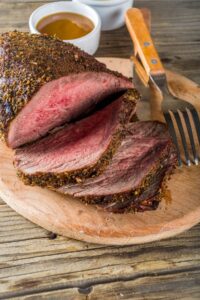
Succulent Joy Of Cooking Beef Tenderloin Recipe
- Total Time: 3 hours 10 minutes
- Yield: 5 1x
Description
Succulent beef tenderloin from French culinary traditions delivers an elegant dinner experience that promises rich flavor and impressive presentation. Classic techniques elevate this premium cut into a memorable meal guests will savor and celebrate.
Ingredients
- 1 center-cut trimmed beef tenderloin (2–3 lbs/900g-1.4kg)
- 4 sprigs thyme
- 4 tbsps (57g) unsalted butter
- 1 shallot, roughly sliced
- Kosher salt
- Freshly ground black pepper
- Finely minced chives
- Coarse sea salt (fleur de sel or Maldon)
- 1 recipe horseradish cream sauce
Instructions
- Trussing: Meticulously secure the tenderloin with butcher’s twine, creating uniform one-inch spaced ties to preserve its elegant shape during cooking.
- Seasoning Preparation: Generously coat the entire meat surface with kosher salt and freshly ground black pepper, ensuring comprehensive and even coverage.
- Refrigeration Process: Place the seasoned tenderloin on a wire rack inside a rimmed baking sheet, then refrigerate uncovered for 12-48 hours to intensify flavor and dehydrate the exterior.
- Oven Preparation: Position the oven rack centrally and preheat to a gentle 225°F (107°C), establishing an optimal slow-roasting environment.
- Slow Roasting: Transfer the rack with tenderloin to the preheated oven, roasting slowly for 2-3 hours while periodically checking the internal temperature until it reaches 120-125°F (49-52°C) using an instant-read thermometer.
- Butter Infusion: In a medium skillet, melt butter over high heat until it transforms to a light golden brown, then incorporate fresh thyme and finely chopped onions, stirring until the sizzling diminishes.
- Broiling Technique: Adjust the oven rack 6 inches from the broiler element, set to high heat. Baste the tenderloin with the aromatic butter mixture, removing onions from the surface before placing the skillet under the broiler.
- Finishing Touch: Rotate the tenderloin every 30 seconds to achieve uniform browning, targeting an internal temperature of 125°F (52°C) for rare or 130°F (54°C) for medium-rare.
- Resting and Serving: Transfer the tenderloin to a cutting board, allowing it to rest for 5 minutes. Slice into elegant 1/2-inch thick pieces, garnish with coarse sea salt and freshly chopped chives, and serve immediately alongside homemade horseradish cream sauce.
Notes
- Prepare Precisely: Use butcher’s twine to create uniform 1-inch spacing, ensuring even cooking and maintaining the tenderloin’s elegant shape throughout the roasting process.
- Drying Technique: Refrigerate uncovered for 12-48 hours to develop a beautiful, crisp exterior and concentrate the meat’s natural flavors, creating a restaurant-quality finish.
- Temperature Control: Utilize a low 225°F initial roasting temperature to guarantee consistent, tender results, using an instant-read thermometer to track precise internal temperature between 120-125°F.
- Broiling Brilliance: Watch butter carefully while browning, baste methodically, and rotate meat every 30 seconds under high broiler heat to achieve a perfectly golden, caramelized exterior without burning.
- Prep Time: 10 minutes
- Cook Time: 3 hours 15 minutes
- Category: Dinner
- Method: Roasting
- Cuisine: American
Nutrition
- Serving Size: 5
- Calories: 350
- Sugar: 0g
- Sodium: 800mg
- Fat: 25g
- Saturated Fat: 10g
- Unsaturated Fat: 15g
- Trans Fat: 0g
- Carbohydrates: 2g
- Fiber: 0g
- Protein: 30g
- Cholesterol: 100mg

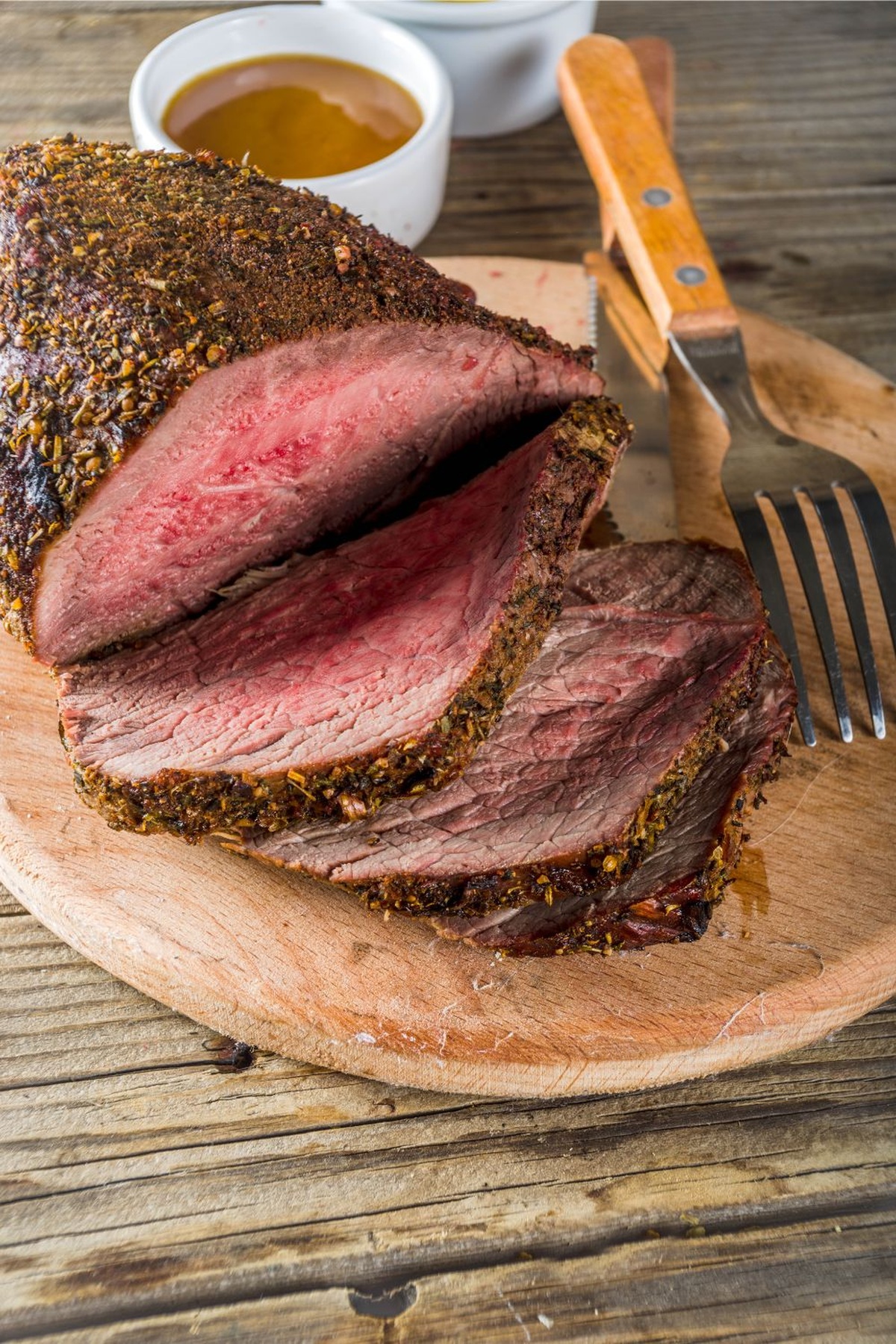
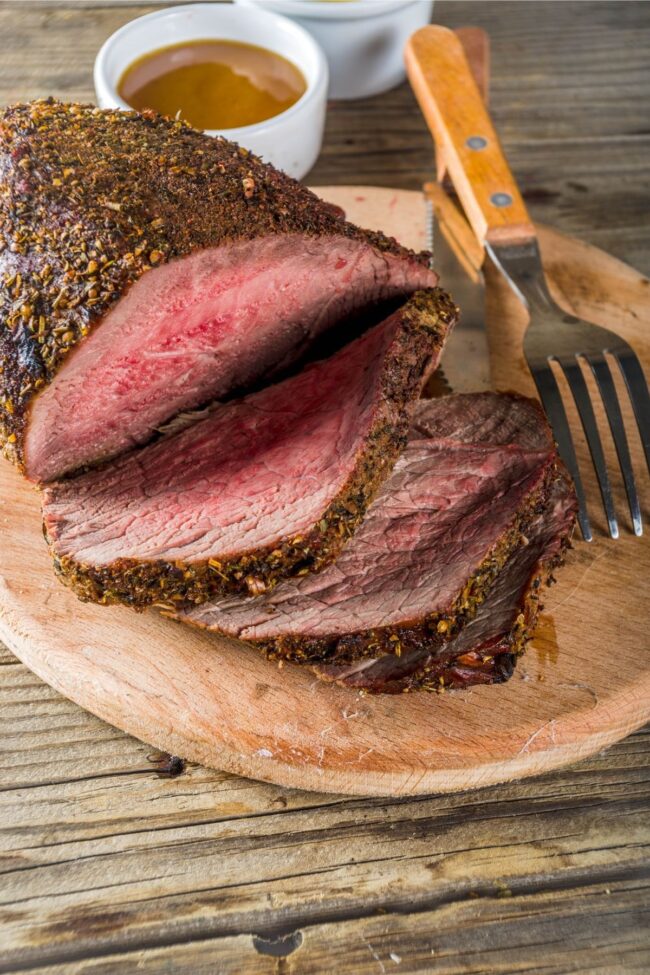
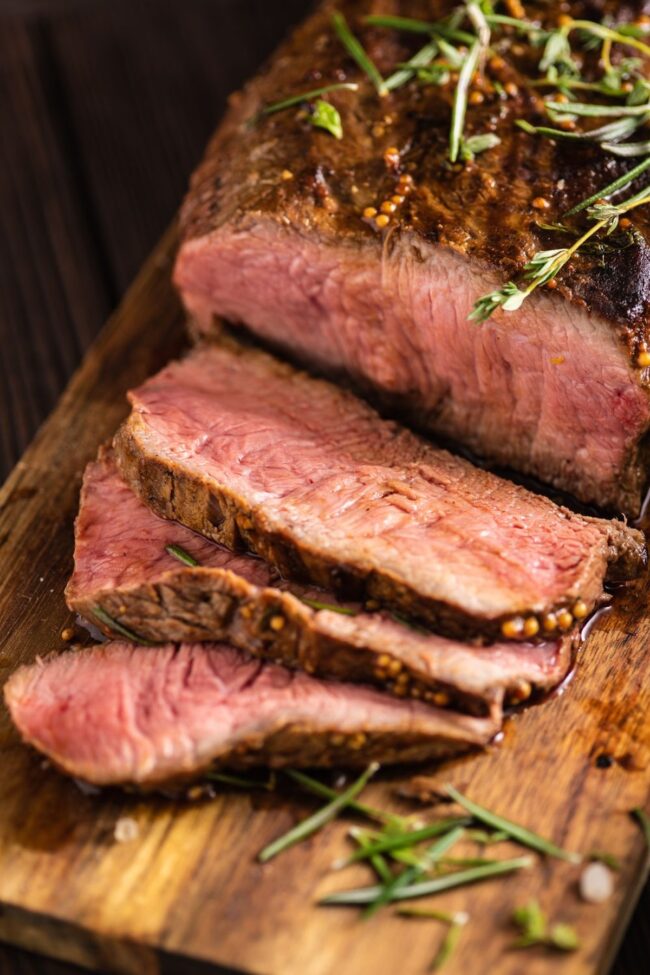
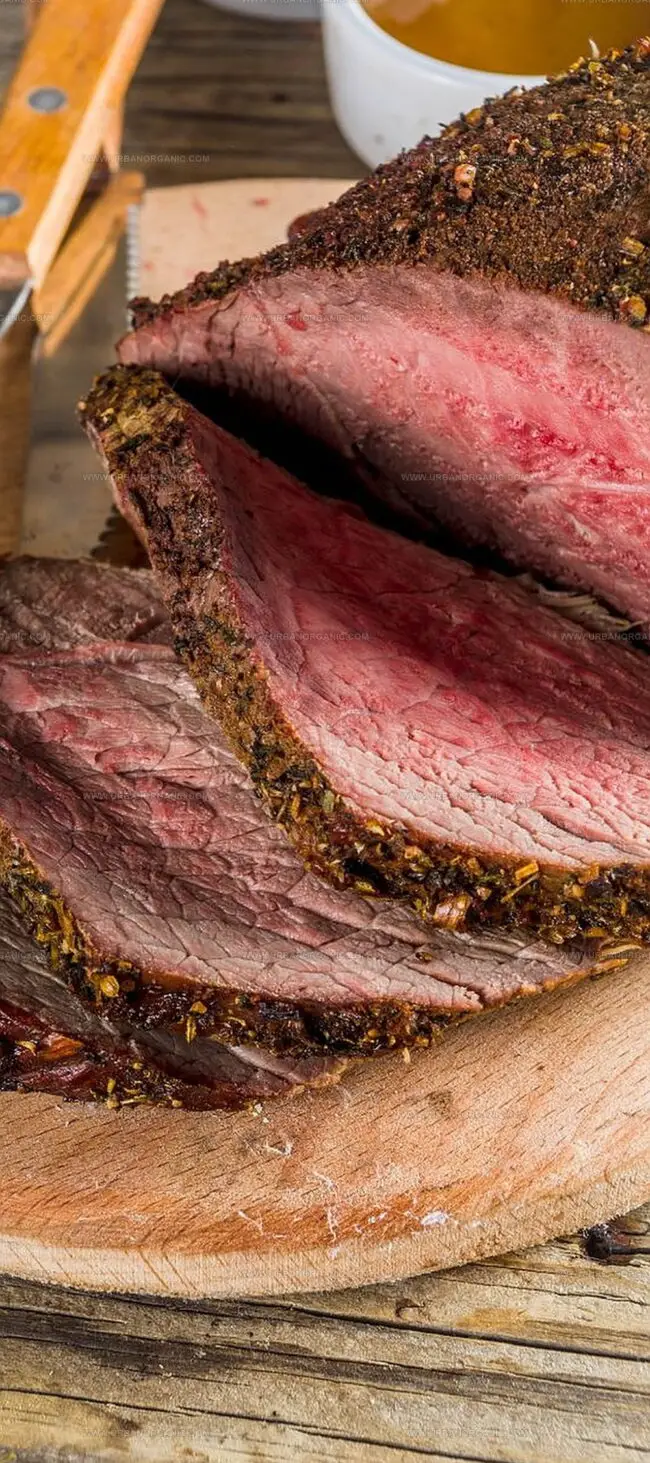

Michael Thompson
Founder & Culinary Director
Expertise
Classical & Contemporary Cooking Techniques, Global Cuisine Appreciation, Nutrition & Menu Engineering, Sustainable Cooking Practices, Farm-to-Table Cuisine
Education
Southwestern Oregon Community College
Michael grew up in Oregon, where he learned early that food tastes better when it’s fresh, local, and made with care.
After earning his degree from the Southwestern Oregon Community College, he focused his career on teaching others how to cook with the seasons, reduce food waste, and reconnect with what’s on their plate.
Michael keeps his cooking simple, sustainable, and full of flavor. His favorite part of the process? Watching people realize how easy and satisfying it can be to cook a single great meal from scratch.